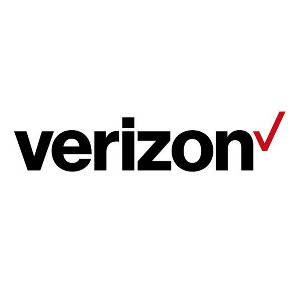When interacting with Verizon services, whether managing your account, activating a device, or seeking discounts, you might encounter various types of codes. Understanding what each “verizon code” refers to can help you navigate features and services more effectively. This guide breaks down some of the most common codes used by Verizon customers in the US.
Quick Access: Star (*) and Pound (#) Codes
These are short dialing codes you can enter on your Verizon Wireless phone’s keypad to quickly access specific information or features. They are typically free to use from your Verizon mobile.

Useful Star/Pound Codes:
- *611: Directly calls Verizon Wireless Customer Service.
- #BAL (#225): Checks your account balance (especially useful for Prepaid).
- #MIN (#646): Checks your estimated voice minute usage for the current cycle.
- #DATA (#3282): Checks your estimated data usage for the current cycle.
- #PMT (#768): Allows you to make a payment via the automated phone system.
- #UPG (#874): Checks your device upgrade eligibility status.
- *71 + [10-digit number]: Activates Conditional Call Forwarding (forwards if busy/no answer).
- *72 + [10-digit number]: Activates Unconditional Call Forwarding (forwards all calls immediately).
- *73: Deactivates all types of Call Forwarding.
- #PORT (#7678): Initiates the process to receive a link via text message to generate your Number Transfer PIN (needed to port your number out of Verizon).
Note: Usage reported via #MIN and #DATA may have a slight delay.
Read more about: verizon prepaid phone number
Saving Money: Promotional Codes
Verizon frequently offers special deals and promotions on devices, plans, or accessories.
- Finding Promos: Check the “Deals” section of the Verizon website or look out for specific offers advertised online, in stores, or via email.
- Applying Codes: If a promotion requires a specific verizon code, you’ll typically enter it during the online checkout process in a designated “Promo Code” or “Coupon Code” field.
- Terms: Promotional codes usually have specific terms, conditions, and expiration dates. They often require specific plans or actions (like trading in a device or adding a new line).
Activating Service: QR Codes and eSIM
With modern smartphones increasingly using eSIM (embedded SIM) technology instead of physical SIM cards, QR codes play a role in activation.
- eSIM Activation: In some activation scenarios (like bringing your own device or setting up certain models), Verizon may provide a unique QR code. Scanning this code with your phone’s camera during the cellular setup process downloads your Verizon service profile onto the eSIM.
- Other Methods: Note that many newer devices (especially iPhones) can activate eSIMs directly through the My Verizon app or device settings without needing a QR code.
Account Security: PINs and Verification Codes
Security codes are crucial for protecting your account and identity.
- Account Security PIN: A PIN you set up (or that is assigned) to verify your identity when contacting customer service or making significant account changes in-store. Keep this confidential.
- Number Transfer PIN: A temporary, secure PIN generated specifically when you want to transfer (port) your phone number from Verizon to another carrier. You generate this via My Verizon or #PORT and provide it to your new carrier. Do not share this PIN otherwise.
- One-Time Passcodes: For certain online transactions or logins from new devices, Verizon may send a temporary verification verizon code via text message or email to confirm your identity.
Troubleshooting: Error Codes
Occasionally, you might encounter specific error codes on your device, bill, or during service activation.
- Identification: These codes often point to a specific technical issue or account status problem.
- Resolution: If you see an unfamiliar error code, the best course of action is usually to search for that specific code on Verizon’s support website or contact Verizon technical support (via 611, 1-800-922-0204, or chat) for assistance.